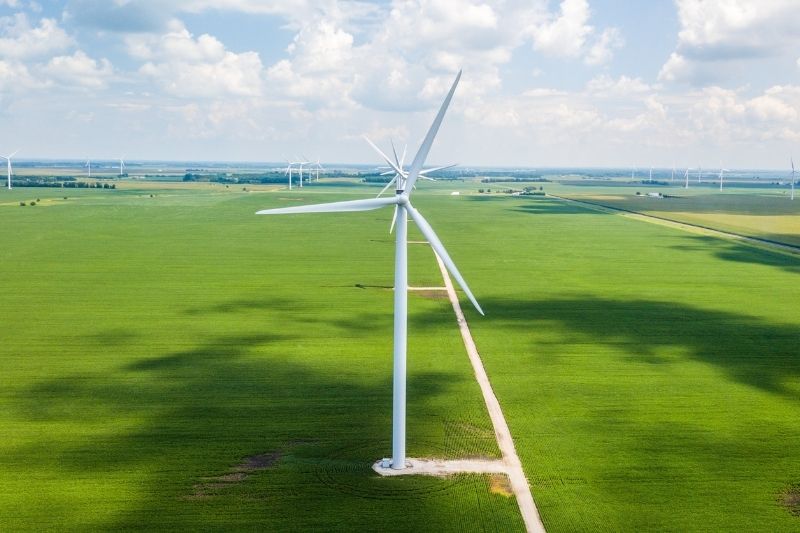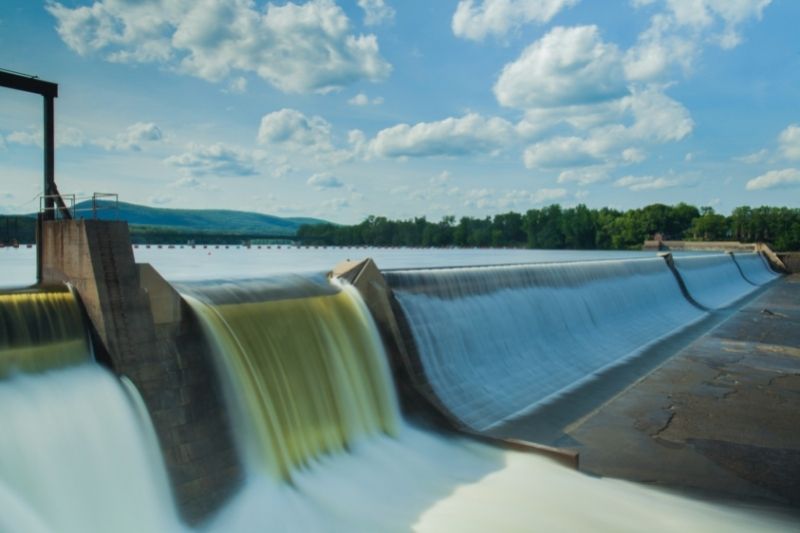The largely populated Asia-Pacific Region has a high energy demand, and as a result is also a space for research and development of alternative energy sources. APAC renewable energy is leading the world and providing many valuable lessons along the way.
The Asia-Pacific (APAC) region accounts for more than half of the world’s population and 39% of the global primary energy supply.
In previous years, APAC has also been one of the biggest contributors of carbon emissions. In 2019, alone, the region emitted more than 172 million tonnes– 50.5% of the global total. However, that same year, China was also the largest renewable energy producer. This paradox points to the region’s rapidly evolving economy and its growing interest and investment in a low-carbon energy future. Its diversity, geography, and policies offer huge potential for renewable energy.
In truth, renewables have already become mainstream, particularly in the power generation sector. With APAC renewable energy leading the way, renewables may just become the world’s main source of power within the next two decades.
Until then, there’s a number of lessons the rest of the world can take from the region’s renewable energy success.

1. Public Sectors Are Crucial
Asia-Pacific governments are proactively looking to build investment pipelines in renewable energy because it is a wise economic move. Unlike coal and petrol, renewable energy will not ever run out.
Thus, most countries are using feed-in tariffs to incentivise public sector investment in renewable power installations. The Asian Development Bank has also invested a great deal of money in renewables. This year, it committed to delivering US$80 billion to combat climate change in APAC.
2. Private Sectors Play a Key Role
Many private institutions have created effective energy efficiency policies and programmes. Moreover, many have financed the rapid deployment of renewables.
Much of the private sector’s involvement stems from a shift away from large, centralised fossil fuel generation infrastructure and towards smaller solar and wind operations. However, there is a need for more private-public partnerships to further accelerate investment.
3. Existing Structures and Geography Provide More Opportunities
Like many countries, APAC is using geography to its advantage by constructing off-shore wind farms. With an annual compound growth rate of 24%, some analysts believe this development could cause the region to become the second-biggest offshore wind market.
Floating solar is also attracting attention in a few countries, particularly those with limited available land. Meanwhile, other regions are looking to replace dying coal-fired power stations with renewable alternatives. Using these existing structures could stretch government dollars and contribute to additional growth in the coming years.

4. Bioenergy and Hydropower Offer Promising Solutions
Overall, the Asia-Pacific region’s renewable energy share is still heavily focused on bioenergy and hydropower, even though most of the rest of the world is invested in wind and solar.
In 2019, biomass electricity capacity expanded by 8.5 gigawatts, with China accounting for 60% of this incredible growth. Asia also accounts for 43% of cumulative hydropower growth, and analysts expect the private sector to become increasingly involved in this renewable technology’s development.

5. Battery Storage Technology Is Integrable
One of the biggest challenges for solar energy is reliability. In much of the Western world, engineers are still trying to improve storage batteries. However, in Asian-Pacific countries, storage does not present much of an issue.
In 2018, APAC accounted for 45% of the global market’s installed capacity, making it one of the largest markets in terms of battery energy storage. Even the tiniest islands like Tonga are developing battery energy storage to harness renewable energy, further proving that storage technology is possible and integrable.
6. Supply and Demand Can Support Renewables’ Success
Rising populations in China and other APAC regions are increasing demand for clean energy alternatives that do not emit pollution and threaten public health. Strong economic growth prospects and renewables’ low market penetration have also driven demand in recent years.
Luckily, the aforementioned battery storage units can provide a reliable supply of some renewables, which can keep costs low — even lower than conventional power in some places. Still, hybridisation with coal power will likely aid in their transition to renewable energy and promote around-the-clock supply and a steadier demand.
A Bright Future for Renewables
As micro- and mini-grids pop up all over APAC, renewable energy will inevitably become more prevalent, even in the smallest and most remote Asia-Pacific countries.
Their success goes to show that emerging economies can, indeed, successfully transition to clean energy technologies, even if they begin from a disadvantaged position. Now, the rest of the world will likely follow their trajectory, ensuring a bright future for renewable energy.

Related Articles
The Singaporean Startup Creating IoT Solutions to Transform the Energy Industry





